A passionate woman
A brave and passionate woman, Simonne Mathieu behaved in the same way off court as she did during matches: she was impulsive, dynamic and perseverant.
“On the court, my opponent is my enemy.”
During the Monte-Carlo tournament in 1939, when she was playing Hilde Sperling in the final, an umpiring error caused her to walk out on the match.
Her impulsive attitude never went unnoticed, especially at Wimbledon, where she caused a stir on two particular occasions due to her fits of rage. The first was in 1931, when she was beaten in the semifinals by Germany’s Cilly Aussem. Simonne Mathieu left the court immediately after the match, refusing to perform the traditional end-of-match handshake.
Five years later, during the 1936 tournament, a language slip on court consolidated her reputation as a player with a fierce temper.
On 8th December 1936, the Miroir des Sports reported: “As the net had, on several occasions, sent the ball out of her reach, Madame Mathieu was unable to repress her rage and, throwing her racquet down in fury, shouted, ‘Even this damned net is English!’ Unfortunately for her, British people view using the word ‘damned’ as a serious breach of decorum.”
 ROLAND-GARROS
19 May - 8 June 2025
ROLAND-GARROS
19 May - 8 June 2025





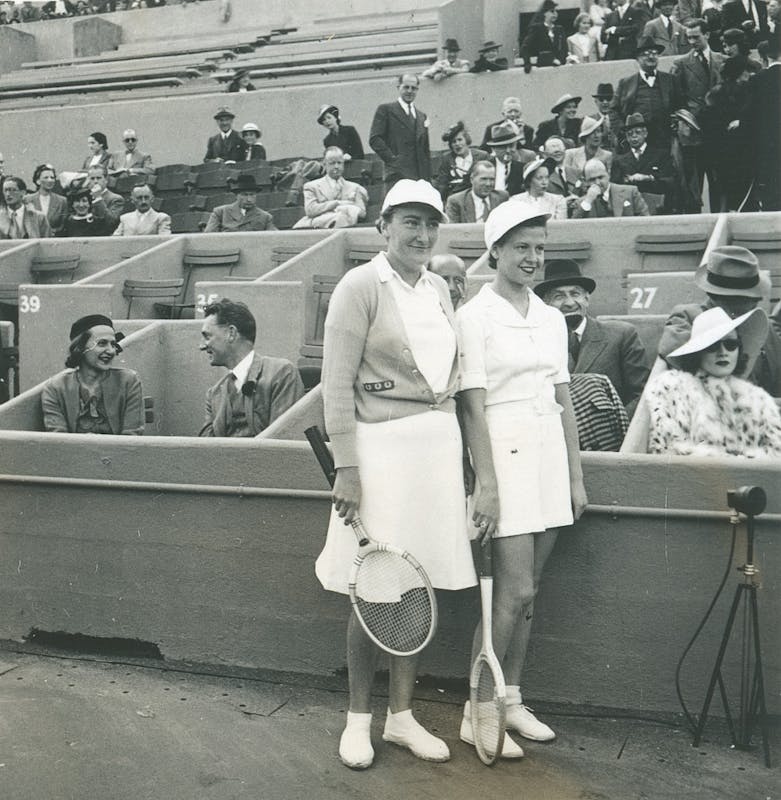 ©Droits réservés-FFT
©Droits réservés-FFT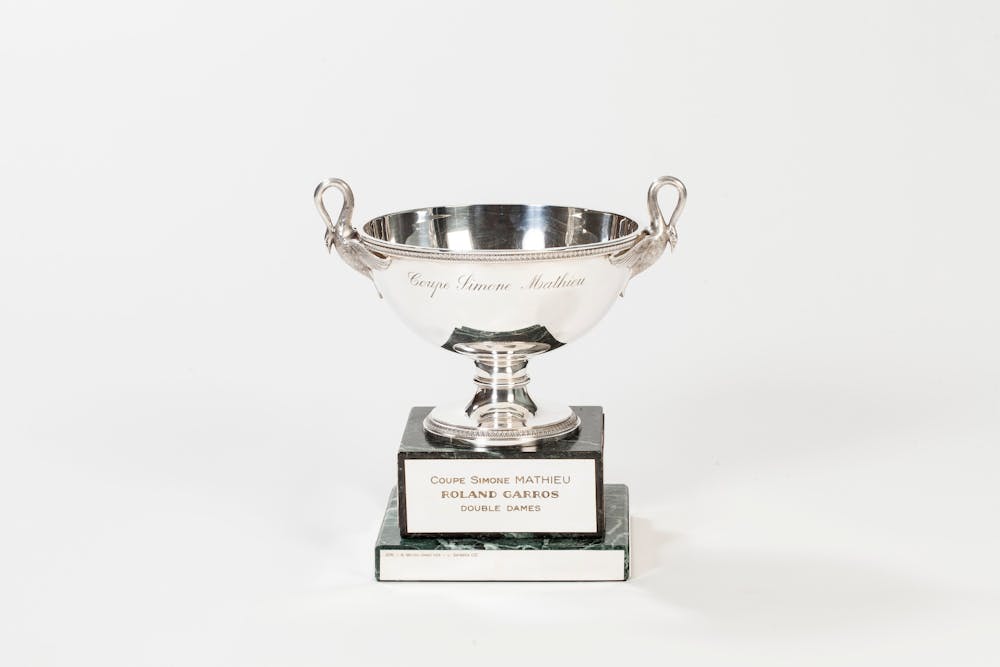
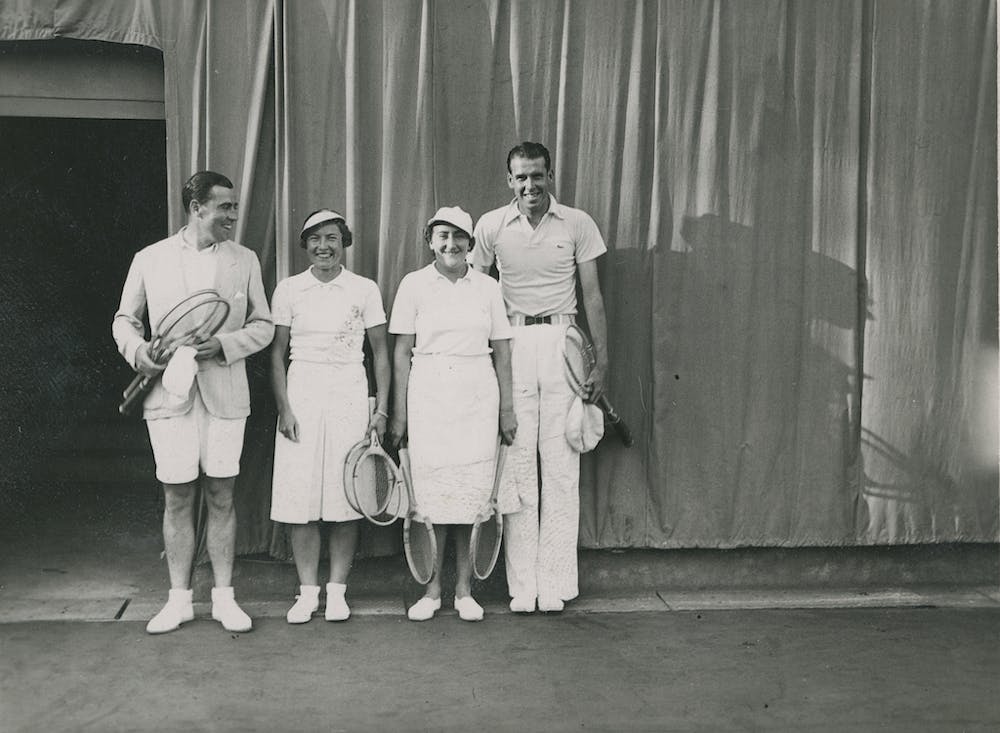
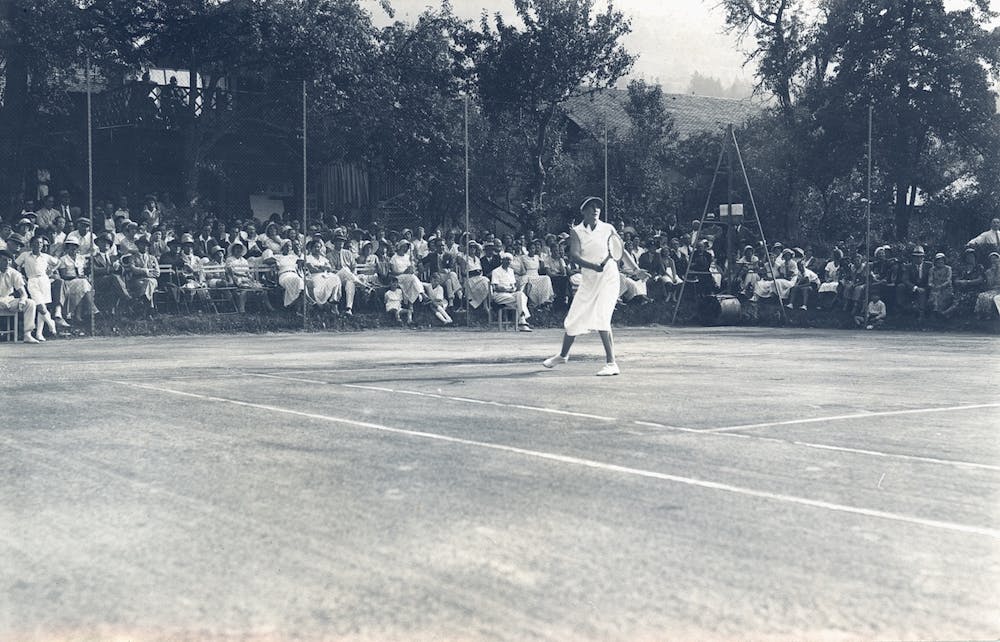
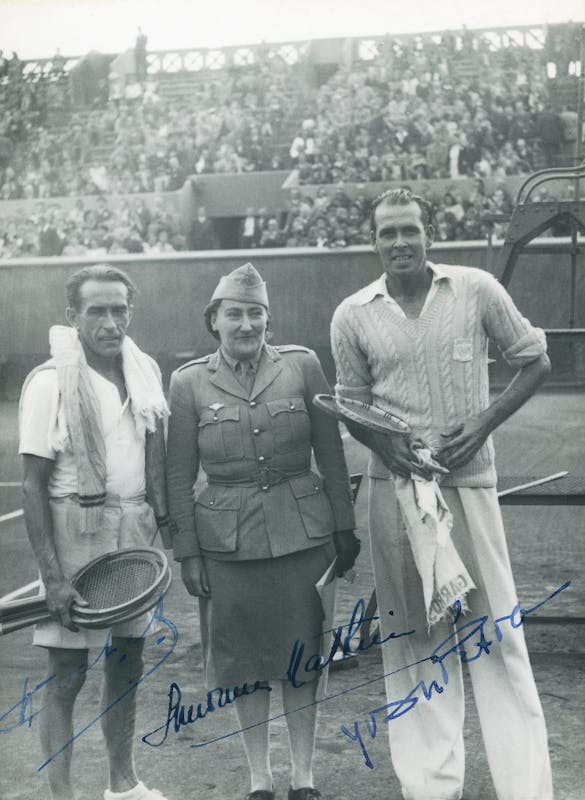 ©DR-don famille Mathieu
©DR-don famille Mathieu